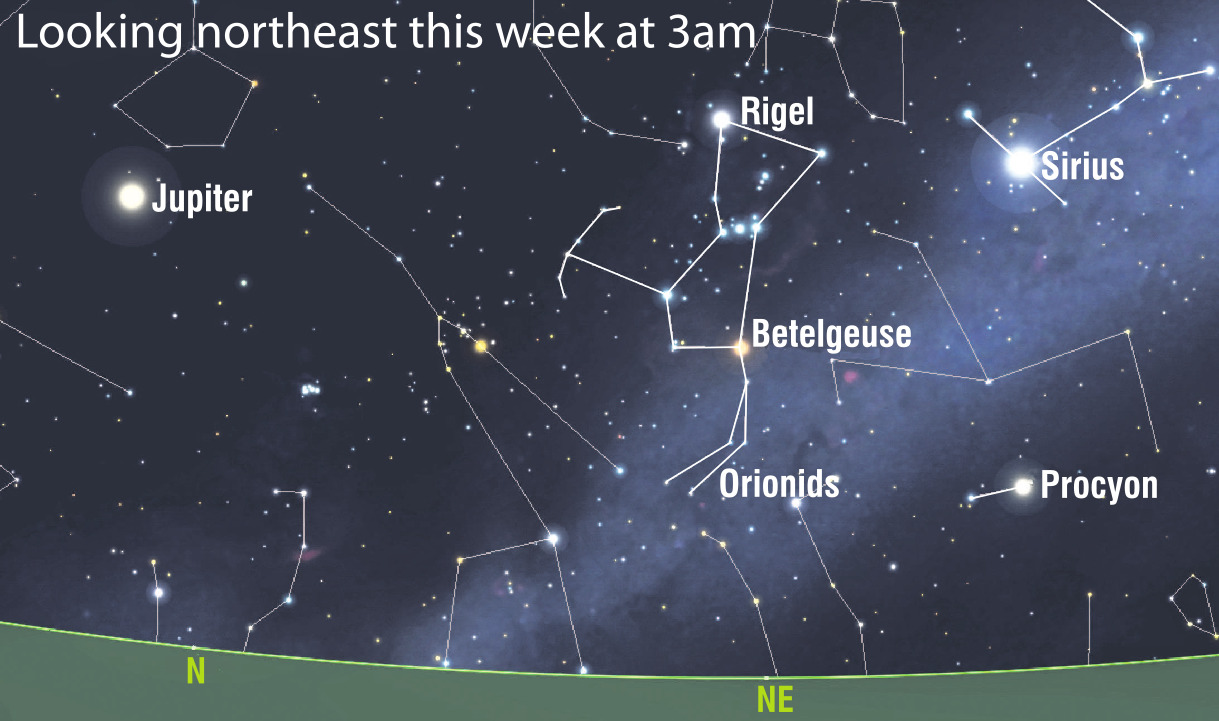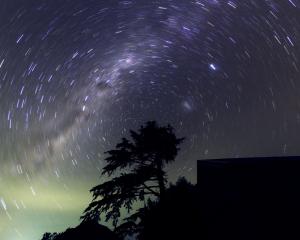Halley's Comet holds significant importance as one of human history's most famous and well-documented comets. Named after the English astronomer Edmond Halley, who predicted its return in 1705, this periodic comet reappears approximately every 76 years. Its appearances have been recorded for centuries, with the earliest documented sightings dating back to 240BC. The comet's predictable return helped validate the laws of celestial mechanics and cemented Halley's reputation as a groundbreaking scientist. Moreover, its presence has often been interpreted as an omen, influencing cultural and religious beliefs in various societies throughout history. Halley's Comet is a celestial timepiece connecting us to our astronomical past and inspiring scientific curiosity.
Halley's Comet was last observed in 1986, and it will be 2065 before it is seen again by any human eye. However, if the sky is clear over the next few nights, observers will see particles from Halley's Comet burn up as meteors in the early hours as part of the annual Orionid meteor shower.
Comets like Halley play a crucial role in the creation of meteor showers. When passing close to the Sun, they release dust, rocks, and gas, creating a trail of debris along their orbits. Over time, these comet remnants spread out and disperse throughout the Comet's path. When Earth's orbit intersects with this debris trail, small particles, often no larger than a grain of sand, enter our atmosphere at high speeds. Friction with the atmosphere causes these particles to heat up and produce bright streaks of light visible to the naked eye. These are called meteors or shooting stars. A meteor shower occurs when Earth encounters the debris from specific comets, providing a spectacular celestial display for observers.
The Orionid meteor shower is so-called because its meteors appear from the direction of the constellation Orion. Orionids are known for their speed and brightness. Astronomers are predicting roughly 20 meteors per hour, making this year's shower well worth getting up for. With the moon setting before 4am, the hours between moonset and dawn will be the best time to look at Halley’s meteoric cometary debris.












